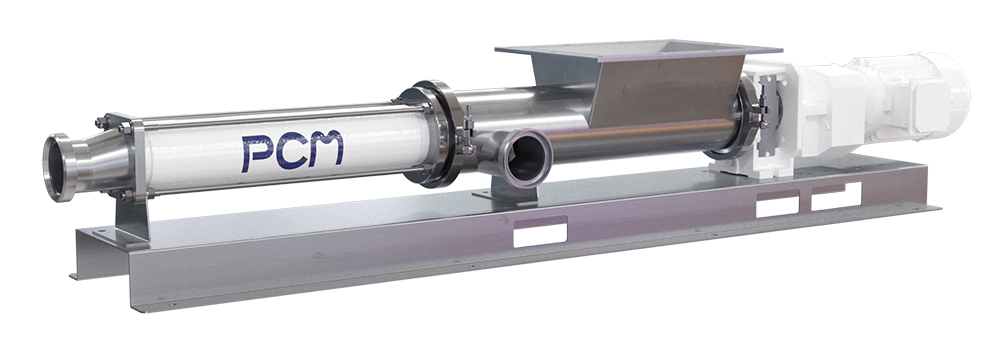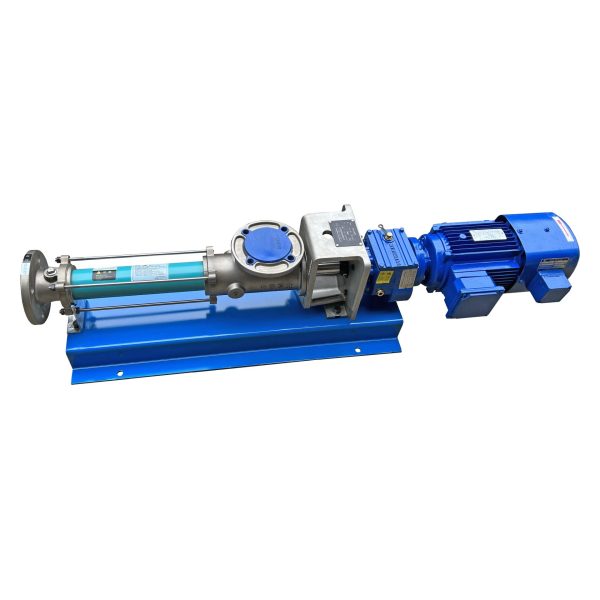progressive cavity pump disadvantages
Progressive cavity pumps, while highly effective for many applications, do have certain disadvantages. Here are some key points to consider:
Disadvantages of Progressive Cavity Pumps
-
- Cost:
-
- Higher Initial Investment: Compared to other pump types, progressive cavity pumps can have a higher purchase price due to their complexity and specialized materials.
-
- Maintenance:
-
- Wear and Tear: The rotor and stator can experience significant wear over time, especially when pumping abrasive or highly viscous fluids.
-
- Frequent Maintenance: Regular maintenance is necessary to ensure optimal performance and to prevent breakdowns, which can lead to increased operational costs.
-
- Sensitivity to Fluid Properties:
-
- Viscosity Limitations: While they can handle a range of viscosities, extremely high-viscosity fluids can lead to performance issues.
-
- Temperature Sensitivity: Performance may be affected by temperature fluctuations, which can alter fluid properties.
-
- Flow Pulsation:
-
- Pulsation: Although they provide a continuous flow, the nature of the pump can still result in some pulsation, which may not be suitable for all applications.
-
- Limited Self-Priming Capability:
-
- Self-Priming Issues: Progressive cavity pumps may struggle with self-priming, requiring additional priming mechanisms in certain applications.
-
- Complexity:
-
- Installation: The installation process can be more complex compared to simpler pump types, which may require specialized knowledge or skills.
-
- Shear Sensitivity:
-
- Fluid Shear: Some fluids may be sensitive to shear, and the operation of the pump can cause degradation of certain materials, particularly in food and pharmaceutical applications.







